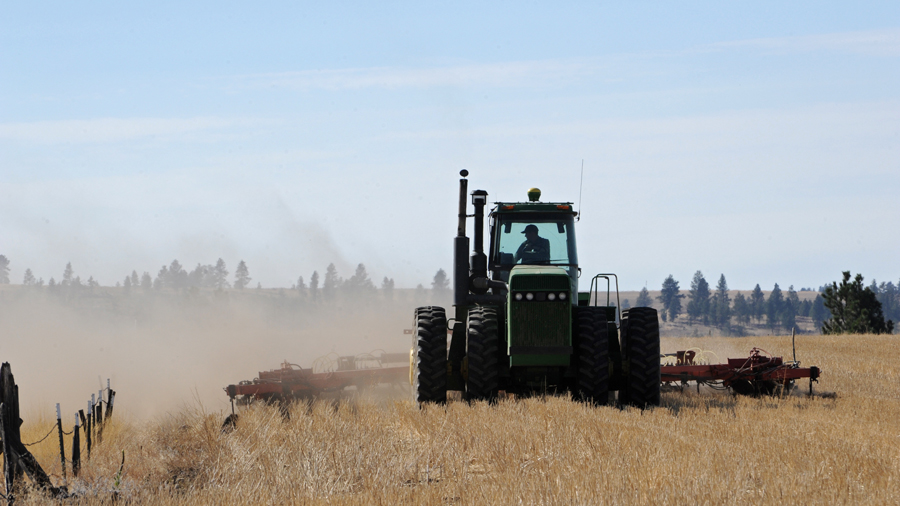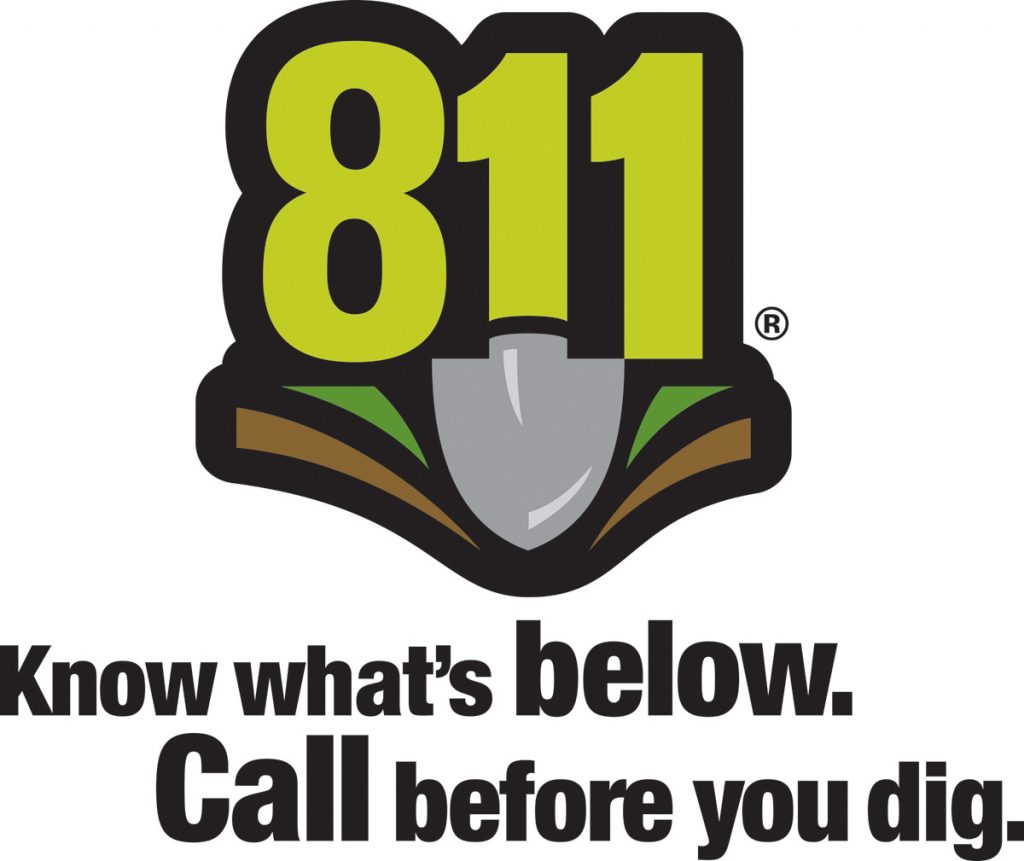
Time. We never seem to have enough of it. And every new tech tool seems to just add another online destination with a singular purpose. But not for CHS patrons. With a simple single sign-on, producers can see their CHS business activity all in one place, even if they have multiple accounts. Contracts, bookings, prepays, scale tickets, payment history and more for agronomy, energy, grain and seed business can be viewed, sorted – even downloaded – from anywhere, anytime. All from one, web-based app: MyCHS.
The biggest advantage? Saving time. CHS transactions are a touch away – whether in front of a laptop in a farm office, on a tablet in the field or on a phone in the tractor cab.
“I can customize what I can see,” says Lucas Goodwin, Minnesota farmer and MyCHS user. “Filtering is easy. And navigating between all the separate components, like the contracts and the settlements, is logical and quick.”
Lucas was among a group of CHS customers picked to give app feedback in small focus groups and then as a beta user, comparing the new MyCHS with the former Customer Resources tool. Getting customer feedback early and ongoing during the development process was critical to making sure the web-based app fit the way today’s farmer wants to use technology.
“It’s a nice upgrade,” he concludes of MyCHS. He was a user of the former application. The recent upgrade provides all producers doing business with CHS with the data they need to make timely, information-rich decisions.
“Our CHS producers have continued to advance and look for ways to become the best they can be in some of the toughest markets they’ve experienced,” says Megan Schmit, director, Grain Procurement for CHS Country Operations division. “Even our producers who may not have called themselves tech savvy are using more and more tools to better their operation and MyCHS is giving them access to their total business with us, not just grain.”
Megan was part of the CHS team helping connect with farmers and finding out what would serve their information needs.
“I’m excited that we’re not stopping here,” she adds. “We’re going to continually take feedback from our producers and employees to keep improving and enhancing this tool for years to come.”
MyCHS is a free web-based app, available to any farmer or rancher doing business with CHS. It’s easy to register here and start seeing what MyCHS can do to help you.










